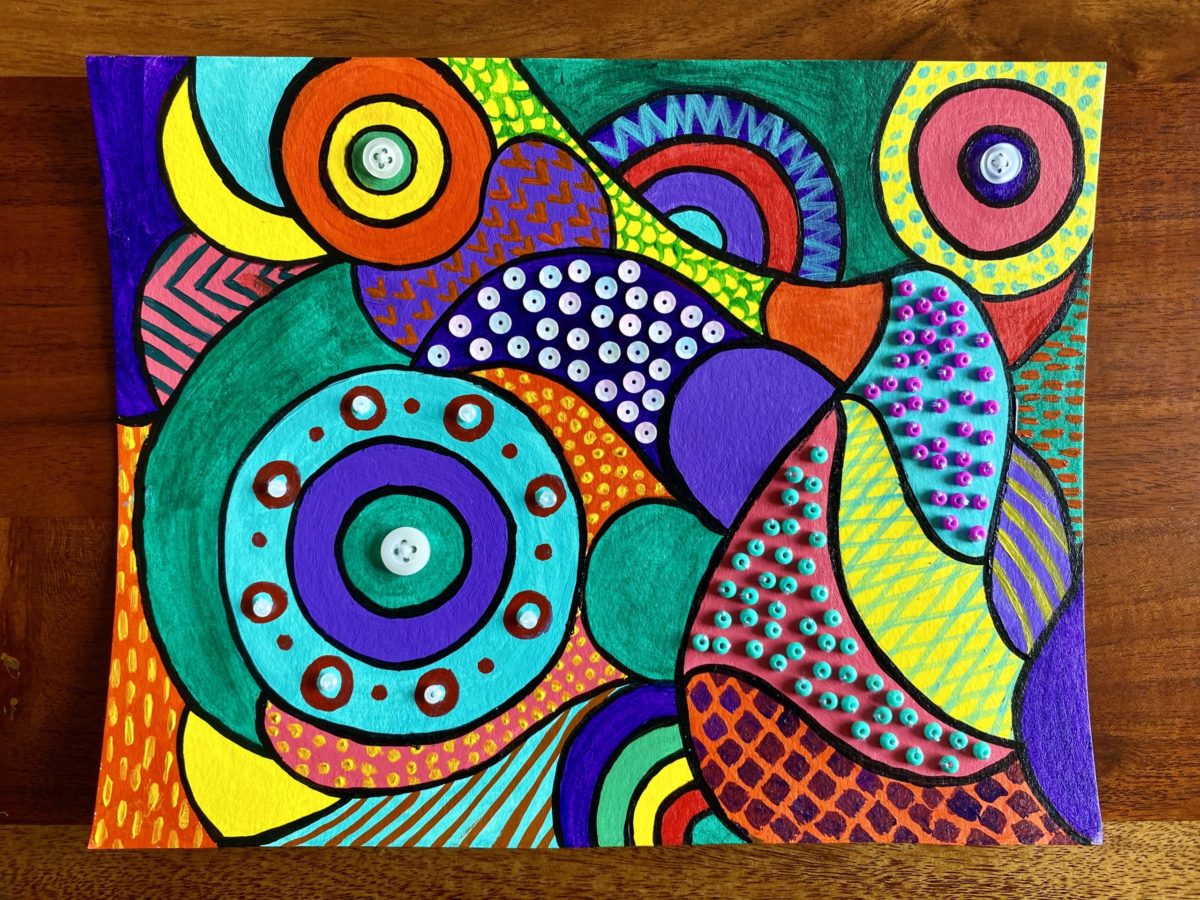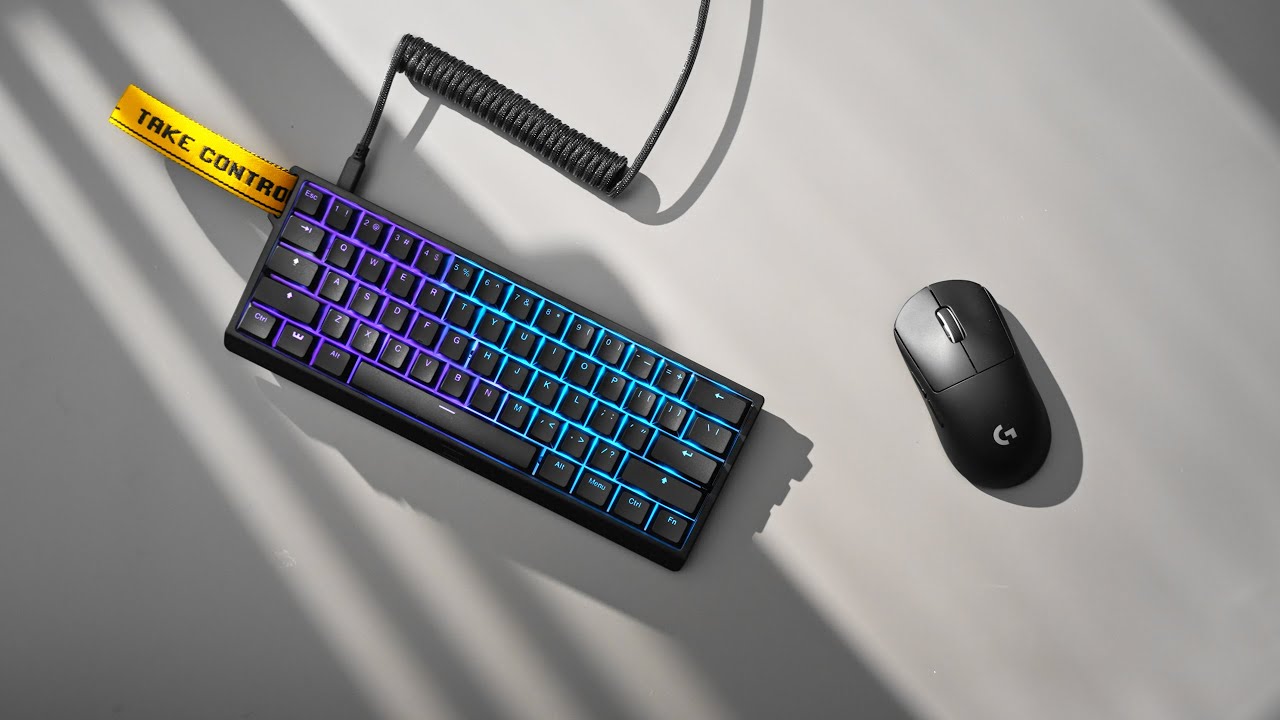
Mixed media art is a captivating form of artistic expression that has gained popularity in recent years. Combining different materials, techniques, and elements, mixed media artists create unique and thought-provoking pieces that push the boundaries of traditional art forms. From paintings with intricate collage elements to sculptures incorporating various found objects, mixed media art offers an exciting and dynamic visual experience. In this article, we will explore 17 fascinating facts about mixed media art that will intrigue and inspire you. Whether you are an art enthusiast or simply curious about this intriguing art form, these facts will provide valuable insight into the world of mixed media art and its endless possibilities.
Key Takeaways:
- Mixed media art is all about mixing different materials and techniques to create unique and visually captivating artworks. It allows artists to experiment and express their creativity freely, resulting in one-of-a-kind pieces that tell compelling stories.
- Mixed media art encourages artists to embrace imperfection and constantly evolve their techniques. It also promotes environmental consciousness by using unconventional and recycled materials, sparking dialogue and reflection among viewers.
Mixed media art combines various materials and techniques.
Mixed media art is a unique form of artistic expression that involves combining different materials, such as paint, paper, fabric, found objects, and more, to create visually captivating artworks. Artists use a variety of techniques, including collage, assemblage, and layering, to achieve stunning and multidimensional effects.
Mixed media art allows for endless creativity.
With mixed media art, artists have the freedom to experiment and explore their creativity to the fullest. They can mix and match different materials, textures, colors, and styles to create one-of-a-kind pieces that evoke emotions and tell compelling stories.
Mixed media art has a rich history.
Mixed media art has roots dating back centuries, with artists using multiple techniques and materials throughout history. However, it gained significant recognition in the 20th century as artists like Pablo Picasso and Georges Braque pioneered the Cubist movement, which often incorporated mixed media elements.
Mixed media art can incorporate both traditional and unconventional materials.
Artists working with mixed media have the freedom to incorporate traditional art materials like paints and pencils, as well as unconventional objects such as recycled materials, fabric scraps, and even natural elements like leaves or feathers. This blend of materials adds depth and intrigue to the artwork.
Mixed media art encourages experimentation.
One of the unique aspects of mixed media art is its encouragement of experimentation. Artists can try new techniques, combine unexpected materials, and push the boundaries of traditional art forms. This constant exploration leads to exciting and innovative art pieces.
Mixed media art can convey layers of meaning.
Artists often incorporate different layers and textures in mixed media art, allowing them to convey multiple meanings and interpretations. These layers can represent emotions, memories, or social commentary, adding depth and complexity to the artwork.
Mixed media art offers a tactile experience.
Unlike traditional painting or drawing, mixed media art often has a tactile quality. The use of various materials and textures creates artworks that can be touched and felt, engaging multiple senses and enhancing the viewer’s experience.
Mixed media art can be immersive.
Many mixed media artworks are large-scale installations that immerse viewers in a particular environment or narrative. These immersive art experiences allow viewers to fully engage with the artwork and participate in the artist’s intended message.
Mixed media art can incorporate digital elements.
With advancements in technology, mixed media art has expanded to include digital elements. Artists can combine traditional art techniques with digital tools, such as digital painting, image manipulation, and projection mapping, to create visually stunning and interactive artworks.
Mixed media art is versatile.
Mixed media art can take many forms, including paintings, sculptures, installations, and even digital artworks. This versatility allows artists to express their ideas in various mediums and accommodate different artistic visions.
Mixed media art can spark dialogue and reflection.
The layered and thought-provoking nature of mixed media art often prompts viewers to engage in conversations and reflect on the artwork’s themes and messages. It serves as a catalyst for dialogue and introspection.
Mixed media art can bridge different artistic disciplines.
Mixed media art blurs the boundaries between different artistic disciplines, such as painting, sculpture, photography, and collage. Artists often combine techniques and elements from multiple disciplines to create cohesive and captivating artworks.
Mixed media art encourages environmental consciousness.
With the emphasis on using unconventional and recycled materials, mixed media art promotes sustainable practices. This encourages artists and viewers alike to reconsider how they approach art-making and the materials they use.
Mixed media art celebrates individuality.
Each mixed media artwork is a reflection of the artist’s unique vision, experiences, and creativity. This art form celebrates individuality and allows artists to express themselves authentically.
Mixed media art can be therapeutic.
The process of creating mixed media art can be therapeutic for artists, as it allows them to explore emotions, express themselves freely, and find solace in the act of creation. Similarly, viewers often find comfort and inspiration in engaging with these artworks.
Mixed media art is constantly evolving.
Mixed media art is not bound by rules or conventions. It continues to evolve as artists push the boundaries of creativity and experiment with new techniques, materials, and technologies.
Mixed media art celebrates the beauty of imperfection.
Unlike traditional art forms that strive for perfection, mixed media art embraces the beauty of imperfection. The incorporation of different materials, textures, and techniques often results in unexpected outcomes that celebrate the organic and imperfect nature of the creative process.
Conclusion
Mixed media art is a captivating form of artistic expression that combines various materials and techniques to create unique and visually stunning pieces. With its versatility and limitless possibilities, mixed media art has gained popularity among artists and art enthusiasts alike.
By blending different mediums such as paint, collage, photography, and found objects, artists are able to create multi-dimensional artworks that tell a story and evoke emotion. The use of contrasting textures, colors, and patterns adds depth and visual interest to the final composition.
Whether you’re a seasoned art lover or a newcomer to the art world, exploring the world of mixed media art can be a fascinating journey. It offers a chance to experiment, break free from traditional constraints, and unleash your creativity in new and exciting ways.
So, next time you come across a mixed media art piece, take a moment to appreciate the skill, thought, and innovation that went into its creation.
FAQs
Q: What is mixed media art?
A: Mixed media art refers to artworks that incorporate multiple materials and techniques, such as paint, collage, photography, and found objects, to create a cohesive and unique piece.
Q: Can anyone create mixed media art?
A: Absolutely! Mixed media art is not limited to experienced artists. It is a form of expression that welcomes artists of all levels, allowing them to explore their creativity and experiment with different materials and techniques.
Q: Are there any rules in mixed media art?
A: One of the beauties of mixed media art is its lack of strict rules. Artists have the freedom to experiment, combine various materials, and create their own unique style. However, it’s important to consider the compatibility of materials and strive for balance and cohesion in the final composition.
Q: What are the advantages of creating mixed media art?
A: Creating mixed media art allows artists to break free from traditional constraints and explore new possibilities. It encourages experimentation, fosters creativity, and offers a chance to combine different mediums to create visually captivating and thought-provoking artworks.
Q: How can I get started with mixed media art?
A: Getting started with mixed media art is easy! Begin by gathering various materials such as paint, paper, fabric, and found objects. Experiment with different techniques and explore the combination of materials to create your own unique compositions. Don’t be afraid to make mistakes and enjoy the process of discovering your artistic voice.
Mixed media art offers endless possibilities for creative expression, combining various materials and techniques to create unique, captivating pieces. From incorporating traditional and unconventional materials to experimenting with digital elements, mixed media art encourages artists to push boundaries and explore new avenues. Whether you're a seasoned artist looking to expand your repertoire or a beginner eager to dive into this exciting world, understanding the essential tools and supplies is key. Discover the best PVA glues for your mixed media projects, ensuring strong adhesion and long-lasting results.
Was this page helpful?
Our commitment to delivering trustworthy and engaging content is at the heart of what we do. Each fact on our site is contributed by real users like you, bringing a wealth of diverse insights and information. To ensure the highest standards of accuracy and reliability, our dedicated editors meticulously review each submission. This process guarantees that the facts we share are not only fascinating but also credible. Trust in our commitment to quality and authenticity as you explore and learn with us.


